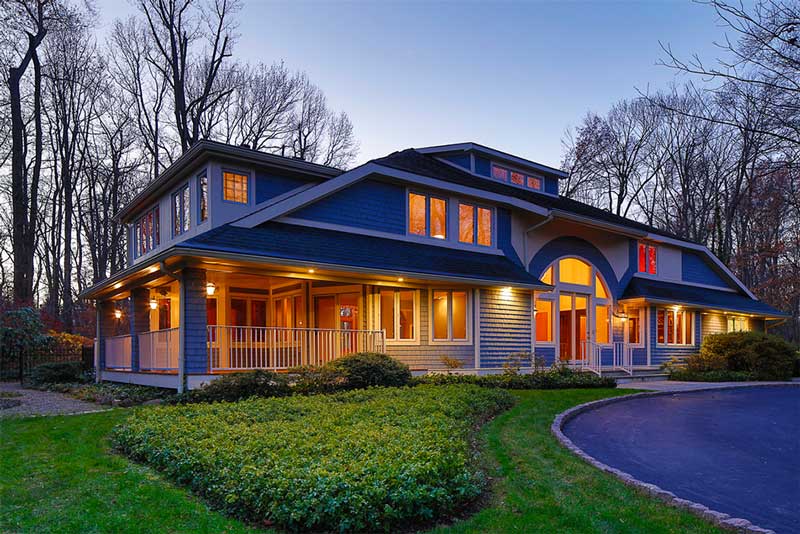Just like most U.S states in the Northeast portion of the country, utility rates are always on the rise year after year, and the state of New Jersey is no different. Homeowners are always exposed to these rate hikes mostly during the summer and winter months. The utilities justify these increases as necessary to help maintain and build on service reliability and customer improvements.
New Jersey has four major electric utilities providing electricity delivery service and default generation service. The utility companies manage and control the delivery portion of electricity in the state and should not be expected to provide the lowest possible electric rates.
In New Jersey, the utilities offer what is called basic generation service (BGS) rates. The BGS rate is set for a year beginning in June and ending in May.
The BGS rate sometimes increases as much as 20% during the months of June-September. This electricity rate increase is due to the high demand for electricity during these months. Electricity prices averaged 17.8 cents per kilowatt hour (kWh) in New Jersey, down from the 18.6 cents per kWh in November 2015.
Solar Energy in New Jersey
There are ways for homeowners to avoid these increased power rates and save money on their electricity bills. They could shop around for best prices from other utilities, but face the same rate of increase every year, or a better solution could be to generate their electricity by installing solar panels.
Solar energy has been an early success in the state of New Jersey.
New Jersey was amongst one of the very first U.S States to grasp the ideology of solar energy and is one of only three states to reach more than 1 GW of installed capacity. With a market that continuously enjoys strong growth, New Jersey is poised to become a leading state for solar energy installations. The state has accomplished the task of promoting the use of solar panels to produce energy.
State Rebates & Incentives
The solar market in New Jersey is driven forward largely by government incentives such as the solar Investment Tax Credit (ITC) and other financing programs that enable leases and power purchase agreements (PPAs) to help homeowners install solar panels with no money down. The market’s success is also mostly supported by aggressive state policies in support of net metering, a solar RPS, and an accompanying SREC market.
New Jersey’s solar policies have been held in high esteem by environmental associations leading numerous homeowners to make the environmentally conscious decision to go solar. Although New Jersey has all these different solar programs, not every utility in the state offers them all. That is why New Jersey residents and homeowners need to educate themselves on the various options available for installing a solar energy system.
The Cost of Solar In New Jersey
Taking the example of a 6kW solar system for installation on a New Jersey home for example.
This system will produce 21.4kWh of electricity per day, 652kWh per month and 7,818kWh per year on average. Note that each homeowner’s solar energy system performance will be unique and will depend on factors such as quality of the different parts used in the install, the angle pitch of the homeowner’s roof and orientation of the installed panels–while accounting for sun exposure.
Looking at the hard numbers, we first must remember that the average cost of solar in the U.S. is $3.57 per watt ($21,420 for a 6-kilowatt system from Q1 2016 data). This obviously means that the approximate cost of the system will be in the range of $12,390 – $17,346 after the 30% federal Investment Tax Credit (ITC) is considered.
Let’s take the specific case of a homeowner who lives in Newark, New Jersey with a monthly electric bill of about $120 for example. Let’s explore the different pathways available for this homeowner to have a solar energy system installed.
The Cash Purchase Option: This is where the homeowner decides to pay for the system upfront and reap the tax rebates and incentive benefits directly. With no monthly payments, the system will cost approximately $13,000. This homeowner stands to save $2,200 during the first year, and $38,000 over the next 20 years of running the system. The system will pay for itself after 5.5 years.
The Loan Option: The no money down option means the homeowner gets to reduce their monthly bill to own the system after payment of the loan eventually. This homeowner still benefits from tax rebates and incentives directly. With about $700 monthly payments, the system will cost approximately $0 out of pocket. This homeowner stands to save $990 during the first year, and $26,000 over the next 20 years of running the system. This option gives an immediate payback.
The Lease or PPA Option: This is also a no money down option which means the homeowner gets to slightly reduce their monthly bill to eventually own the system at the end of the lease–at approximately $130 per month. This homeowner does not benefit from the tax rebates and incentives directly since the system is owned and operated by the solar company. The system will cost approximately $0 out of pocket and save the homeowner $270 during the first year, and $71000 over the next 20 years of running the system. This option gives an immediate payback.
These calculations do not consider other incentives each homeowner might qualify for so it’s important to consult with us for case specific numbers. Also, the best option will be case specific, and we recommend contacting us to discuss these options further.













Comments